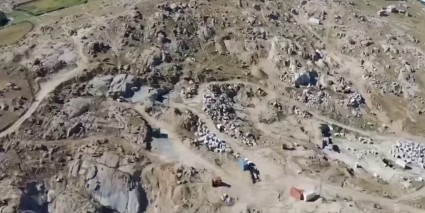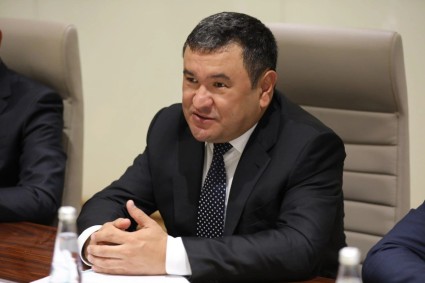The level of diversification of Uzbekistan’s industrial exports was assessed by experts from the Institute for Forecasting and Macroeconomic Research.
Export diversification involves increasing the number of exported goods and achieving a balanced export structure.
Findings of assessments for 2010-2021
The industrial products export diversification index increased from 4.82 to 5.76. In 2010, half of industrial exports were mineral fuels and cotton, in 2021 these items accounted for 22%.
The index of exports diversification of chemical and pharmaceutical products also rose - from 1.56 to 2.76, due to a decrease in the share of exports of fertilizers from 78.5% to 43% and an increase in exports of pharmaceutical products of a number of other goods.
The increase in the level of diversification of exports of the group of textiles and RMG - from 1.21 to 2.34, is due to a significant decrease in the volume of cotton exports and a decrease in its share in exports and an increase in the share of products with a higher level of processing.
In the leather and footwear industry, the export diversification index increased from 1.67 to 2.44. In 2010, raw materials accounted for 75% of exports of the commodity group, in 2021 - already 43% due to the growth in exports of finished leather goods.
The index of diversification of exports of engineering products increased from 2.04 to 2.59. The share of exports of land transport decreased and the share of exports of electrical machinery and equipment, mechanical equipment and similar devices increased.
According to the conclusions of experts, the Uzbek industry has made progress in expanding and diversifying exports. At the same time, there is significant potential and reserves for further improvements. These reserves can be activated through active integration in objectively changing external conditions.












